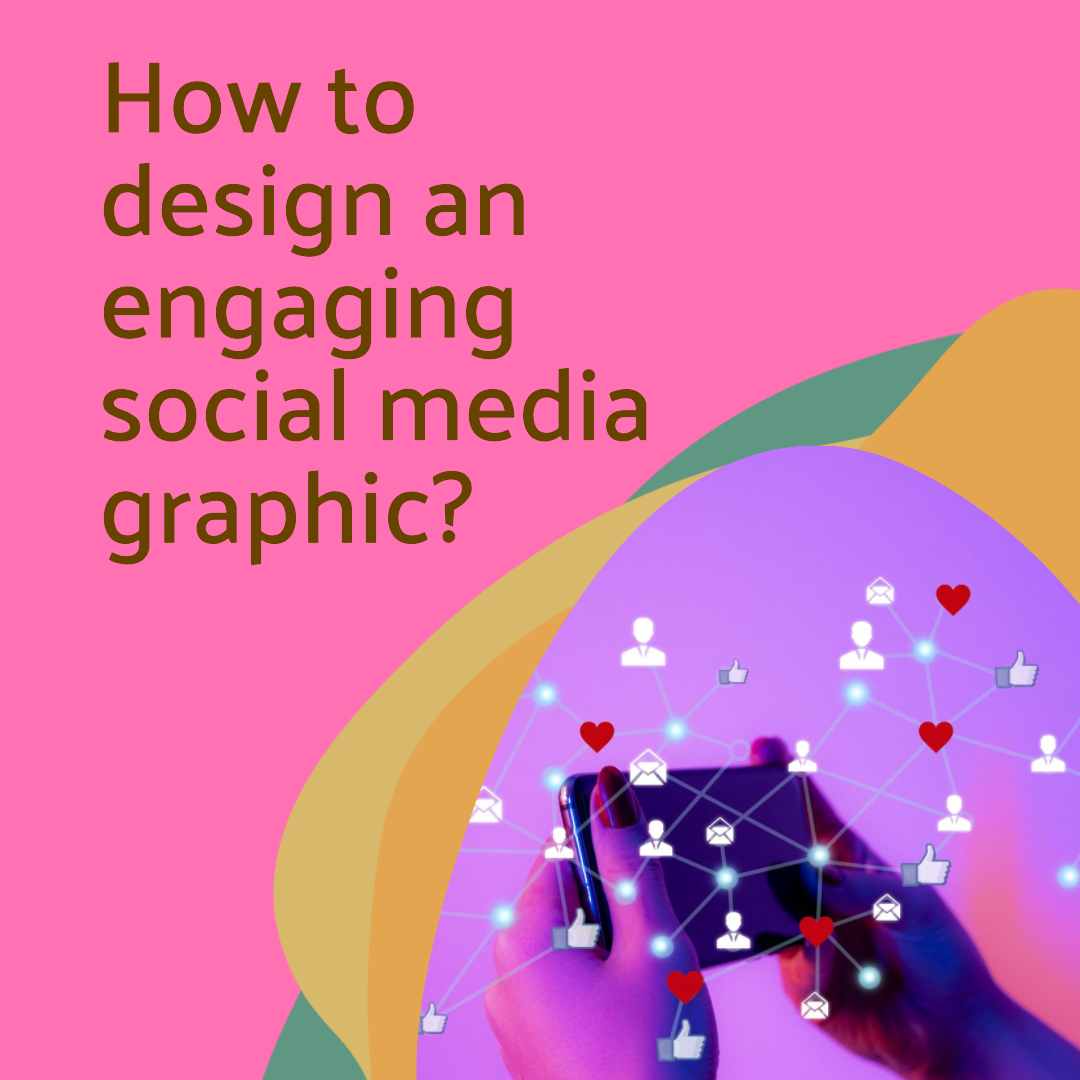How to start a career in graphic design?
Are you intrigued by the visual world of graphic design? Do you find yourself drawn to the power of images to communicate and evoke emotions? If so, a career in graphic design could be an ideal path for you. This creative and dynamic field offers the opportunity to combine your artistic talents with your problem-solving skills to create impactful visual solutions.
Embarking on a journey in graphic design requires commitment, dedication, and a passion for visual storytelling. To help you navigate this exciting career path, this comprehensive guide will provide you with insights into the essential steps involved in launching your graphic design career.
Step 1: Cultivate Your Creative Flair
Before diving into the technical aspects of graphic design, it’s crucial to nurture your innate creativity. Engage in activities that stimulate your imagination and expand your artistic horizons. Explore different mediums, such as painting, drawing, photography, or even digital art. Immerse yourself in the works of renowned graphic designers, analyzing their styles, techniques, and the impact they create.
Step 2: Master the Fundamentals of Design
Graphic design is not just about aesthetics; it’s a science of visual communication. To excel in this field, you must understand the underlying principles of design, including:
- Color theory: The psychology and symbolism of colors, their ability to evoke emotions and set the tone for a design.
- Typography: The art of selecting, arranging, and manipulating fonts to create visual harmony and enhance readability.
- Composition: The arrangement of elements within a design to create balance, hierarchy, and visual interest.
- Layout: The organization of visual elements on a page or screen to guide the viewer’s eye and convey information effectively.
Step 3: Equip Yourself with Design Tools
The world of graphic design is driven by technology, and mastering the industry-standard software is essential. Familiarize yourself with the following tools:
- Adobe Creative Suite: This comprehensive suite includes industry-leading programs like Photoshop, Illustrator, and InDesign, covering image manipulation, vector graphics, and page layout.
- Sketch: A vector graphics editor known for its intuitive interface and powerful prototyping features.
- Figma: A cloud-based collaborative design tool, ideal for team projects and real-time feedback.
Step 4: Enroll in a Graphic Design Course or Bootcamp
While self-study is possible, enrolling in a formal graphic design program or bootcamp can provide you with structured learning, expert guidance, and hands-on experience. These courses will equip you with the necessary skills, industry knowledge, and portfolio development strategies to kickstart your career.
Step 5: Build a Compelling Portfolio
Your portfolio is your calling card, showcasing your design skills, creativity, and problem-solving abilities. Start by creating personal projects that reflect your interests and style. Engage in freelance opportunities or participate in design competitions to gain real-world experience and expand your portfolio.
Step 6: Network and Seek Opportunities
Networking is crucial in the creative industry. Attend industry events, connect with fellow designers, and seek mentorship from experienced professionals. Utilize online platforms like LinkedIn and Behance to showcase your work and engage with potential employers or clients.
Step 7: Continuously Learn and Adapt
The graphic design landscape is constantly evolving, with new trends and technologies emerging. Stay informed by reading industry publications, attending workshops, and exploring online tutorials. Embrace continuous learning to keep your skills sharp and adapt to the ever-changing demands of the industry.
Additional Tips for Launching Your Graphic Design Career
- Specialize in a niche: Identify a specific area of graphic design that aligns with your interests and expertise, such as branding, web design, or illustration.
- Develop a strong online presence: Create a professional website or portfolio showcasing your best work. Engage actively on social media platforms to connect with potential clients and employers.
- Intern or volunteer: Gain valuable experience and expand your network by interning at a design agency or volunteering your skills for non-profit organizations.
- Attend industry events and conferences: Immerse yourself in the design community by attending events, workshops, and conferences to learn from industry leaders and expand your network.
- Never stop learning: Continuously seek out new knowledge and skills through online courses, tutorials, and industry publications to stay at the forefront of graphic design trends and technologies.








